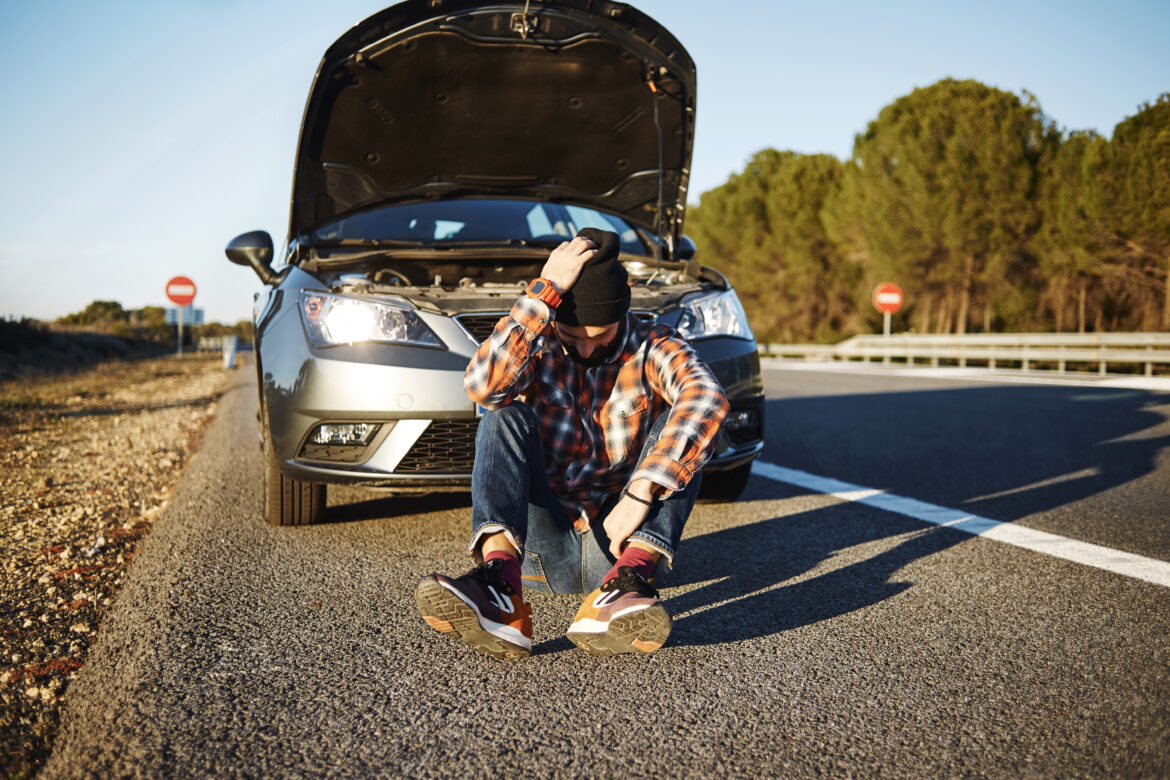Few things are more nerve-wracking than having your engine die in the middle of highway traffic. Whether you’re commuting, traveling, or just out for a drive, an engine failure on a busy road can be both dangerous and stressful. But knowing what to do in this situation can help you stay safe and possibly minimize damage to your vehicle. Here’s a guide to help you handle this scary moment with confidence.
1. Stay Calm and Don’t Panic
The most important first step is to remain calm. Panicking will only cloud your judgment and make it harder to think clearly. Recognize what’s happening and prepare to take quick but controlled action.
2. Turn on Hazard Lights Immediately
As soon as you realize your engine is dying or has stalled, flip on your hazard lights. This alerts other drivers that something is wrong and gives them time to slow down and maneuver around you. Your hazards are your first line of defense in avoiding an accident.
3. Steer Toward the Shoulder
If possible, coast your vehicle to the shoulder or emergency lane. Your steering and brakes will still work for a short time after your engine cuts out, though they may be more difficult to use. Focus on getting out of the flow of traffic safely.
- If you’re in the left lane, move to the left shoulder.
- If you’re in the right lane, aim for the right shoulder.
- Avoid stopping in the middle lane unless you absolutely have no choice.
4. Stop and Assess Safely
Once you’re safely out of traffic:
- Put the car in park (or neutral with the parking brake if it’s a manual).
- Turn off the ignition.
- Stay inside your vehicle with your seatbelt on, especially if you’re near moving traffic.
5. Call for Help
Use your phone to call roadside assistance, a towing company, or 911 if you’re in a dangerous situation. Be prepared to describe your location using highway mile markers or GPS. If you’re a member of a roadside service like AAA, this is a good time to call them.
6. Use Road Flares or Reflective Triangles (If Safe to Do So)
If you have emergency markers in your trunk and it’s safe to exit the vehicle, place them behind your car to alert oncoming traffic. Place one about 10 feet behind your car and another about 100 feet back to give drivers ample warning.
7. Wait for Professional Help
Do not try to walk along the highway unless absolutely necessary. It’s dangerous and often illegal to walk on high-speed roadways. Instead, wait for professionals to arrive and assist.
Final Thought
Your engine dying on the highway is never convenient, but it doesn’t have to be a disaster. With a clear plan and quick thinking, you can keep yourself and others safe while you get help. Consider carrying a roadside emergency kit, and always keep your car well-maintained to reduce the chance of breakdowns. Being prepared is the key to staying safe on the road.

